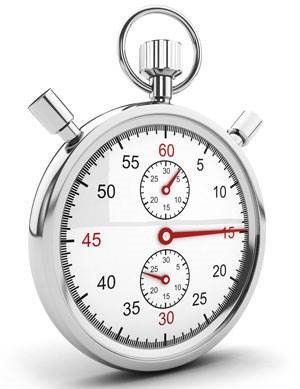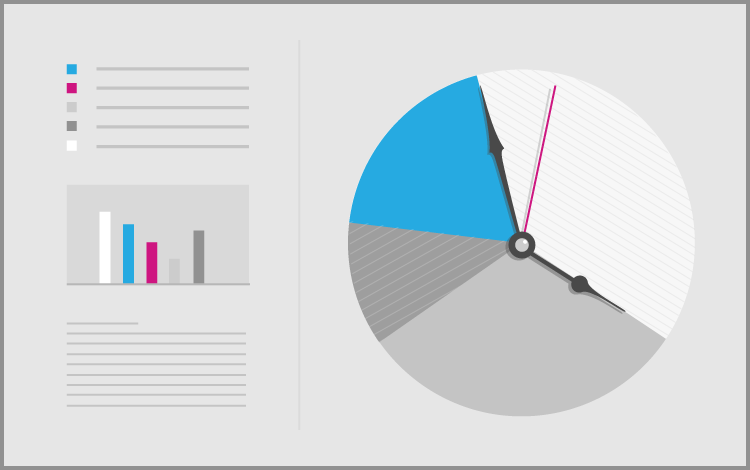3 Tips for Achieving Customer Data Quality
June 10, 2019You may have heard the expression, quality doesn’t cost — it pays. A more precise formulation applies to business in the form of the 1-10-100 rule of data quality. The idea is that while it could cost you $1 to corroborate the data upon entry, it costs $10 to clean it later and $100 to leave it uncorrected due to the various losses that will result from it. How to prevent that happening? Adopt a CDP solution.
Losses due to poor data quality cost the US economy $3.1 trillion annually, according to IBM’s 2016 estimate, and concern about data quality has risen since then. According to Dunn & Bradstreet’s 6th Annual B2B Marketing Data Report, it grew from 75 percent in 2016 to 89 percent this year. It also found that only half of those surveyed express confidence in their own data.
As we discussed here, the CDP is not merely a customer database. A CDP enables businesses to automate best practices for data quality, assuring complete, integrated, updated, and cleansed data. Essentially, a CDP puts into action the core best practices for maintaining data quality: cutting through silos, synthesizing data for strategic marketing, and eliminating the headaches that result from outdated or duplicated data.
1. A CDP solves the silo problem. Bhavesh Vaghela was among the experts whose customer data management tips were shared in an article on best practices. He identified his top customer data management concern as “siloed internal structures.” The problem it poses is not just a lack of convenience in one centralized repository of data but a setup that “stifle[s] collaborative learning and prevent[s] organizations from getting a better understanding of the customer journey.”
Vaghela expounded on why breaking through silos is so crucial: “With a myriad of touch points connecting customers to brands, it’s now more important than ever for these different touch points to connect and form a cohesive brand experience. But when data is not shared between departments, this cripples the ability for companies to make the most informed decisions about their customers.”
2. Getting all the data streams to run together is the first step toward what Joe Pino identifies in the same article as his primary concern: “to focus on centralization, particularly with the fast, furious, fragmented nature of cross-channel customer data.” Achieving that gives you a much more complete picture of what your customer is about. Pinto adds, “In turn, this approach allows marketers to become more strategic, gain greater understanding and have greater engagements in order to deliver relevant messaging.” Ultimately, your centralized data enables you to “start generating powerful results from it.”

3. There is such a thing as too much data that can actually cost you in terms of wasted resources and a less informed look with your customers. Accordingly, Mathew Boaman’s top tip for the article is to “avoid duplicate data.” Even if the bit of digital bandwidth is of no concern, it is a source of “frustration for employees using the data and also potential customers who are receiving inquiries as a result of the duplication.”
Boaman explained why the problem is such a common one:
Duplicity happens very frequently as companies change business names, move addresses or transfer phone numbers. Imagine that both Company A and Company B are both in the same outbound marketing campaign and are simultaneously receiving letters in the mail. This is a waste of money, and also makes the company sending the letter look bad.
To combat that problem, the CDP ascertains that the data is clean and resolves any duplicates that will impede optimal results for your marketing team.
The Zylotech platform assures data quality because it collects and merges both anonymous and known user profiles back to a single record through an automated process in real time. AutoML comes into play to probabilistically match two seemingly different records and create truly complete customer profiles.
On that basis, it gathers together unified customer data, drawn from all relevant sources to build highly intelligent and centralized segments that can be delivered downstream to all your marketing channels. As activations happen across all your connected marketing tools, new events are picked up in real-time by Zylotech, creating the most up-to date 360 view of the customer from which to derive insight through the embedded analytics engine.
A CDP solution makes it easy to avert the $100 losses and even the $10 cost of data quality cleanup. Like quality in general, the investment in data pays.


